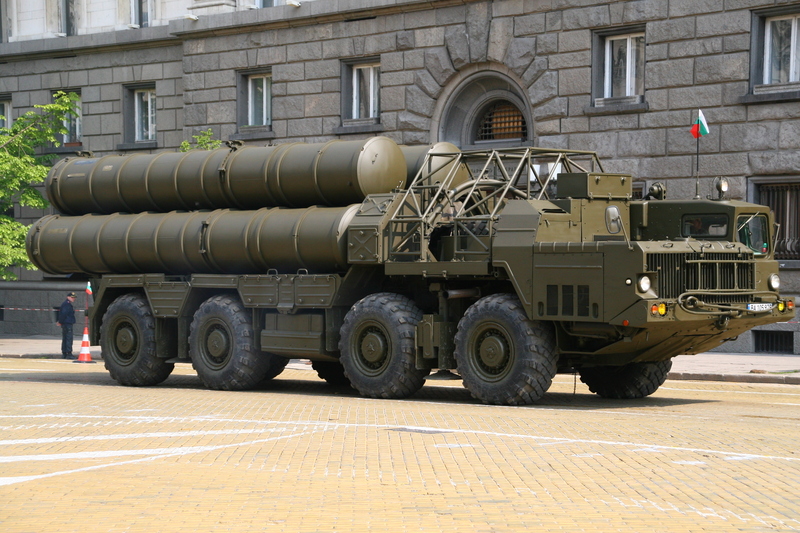 |
| S-300 (Wiki Info - Image: Wiki Commons) |
By Quentin Buckholz
Russia has announced it will supply the missile system to Iran, but Moscow may have another objective in mind.
On April 13, the Russian government announced that it would supply the advanced S-300 surface-to-air missile system to Iran, provoking predictable consternation in the United States, Europe, and Israel. While U.S. President Barack Obama’s public response was unexpectedly understated, American and European officials, including Secretary of State John Kerry and German Foreign Minister Frank-Walter Steinmeier, expressed concern about the proposed deal, and the Israeli government angrily threatened to retaliate against Russia by providing Ukraine with weapons. Western analysts and media outlets have suggested that the sale of the S-300 to Iran could alter the strategic balance in the region by greatly complicating any effort by the United States or Israel to attack Iran’s nuclear facilities. Writing in The National Interest on April 20, Clint Hinote argued persuasively that the delivery of the S-300 to Iran could represent a “fundamental shift of military power for the region.”
However, the reaction of Western politicians and analysts is overblown, because it overstates the chances that Iran will ever deploy a Russian-made S-300. The history of the S-300 in Russo-Iranian relations shows that this particular weapons system, long sought by Tehran and dangled just out of reach by Moscow, serves primarily as a bargaining chip for the Kremlin in its relations with the West and is unlikely to actually be delivered to the Iranian military.
Following a decade of strained relations between Moscow and Tehran after the Iranian Revolution and the Soviet invasion of Afghanistan in 1979, the USSR (and subsequently Russia) emerged as a major arms supplier for Iran in 1989. The two countries negotiated a major arms deal during a historic summit in June of that year between Speaker of the Iranian Parliament Ali Akbar Hashemi Rafsanjani and Soviet President Mikhail Gorbachev, and continued to deepen their defense supply relationship over the following years. Concerned by Tehran’s accumulation of Russian military hardware, the U.S. government exerted considerable pressure on Moscow to halt arms sales to Iran in the early 1990s. In 1995, Russia committed in the secret Gore-Chernomyrdin Agreement to cease all conventional weapons sales to Iran by the end of 1999. However, Moscow unilaterally abrogated the pact in November 2000, sparking a flurry of meetings between Russian and Iranian defense officials eager to conclude new supply deals. Public remarks by both Russian and Iranian officials indicate that the S-300 system has been a priority for Iranian procurement officials since at least 1998. The system was a topic of discussion at the March 2001 summit in Moscow between Russian President Vladimir Putin and Iranian President Mohammad Khatami, and at numerous meetings between Russian and Iranian defense officials in subsequent years.
Read the full story at The Diplomat
